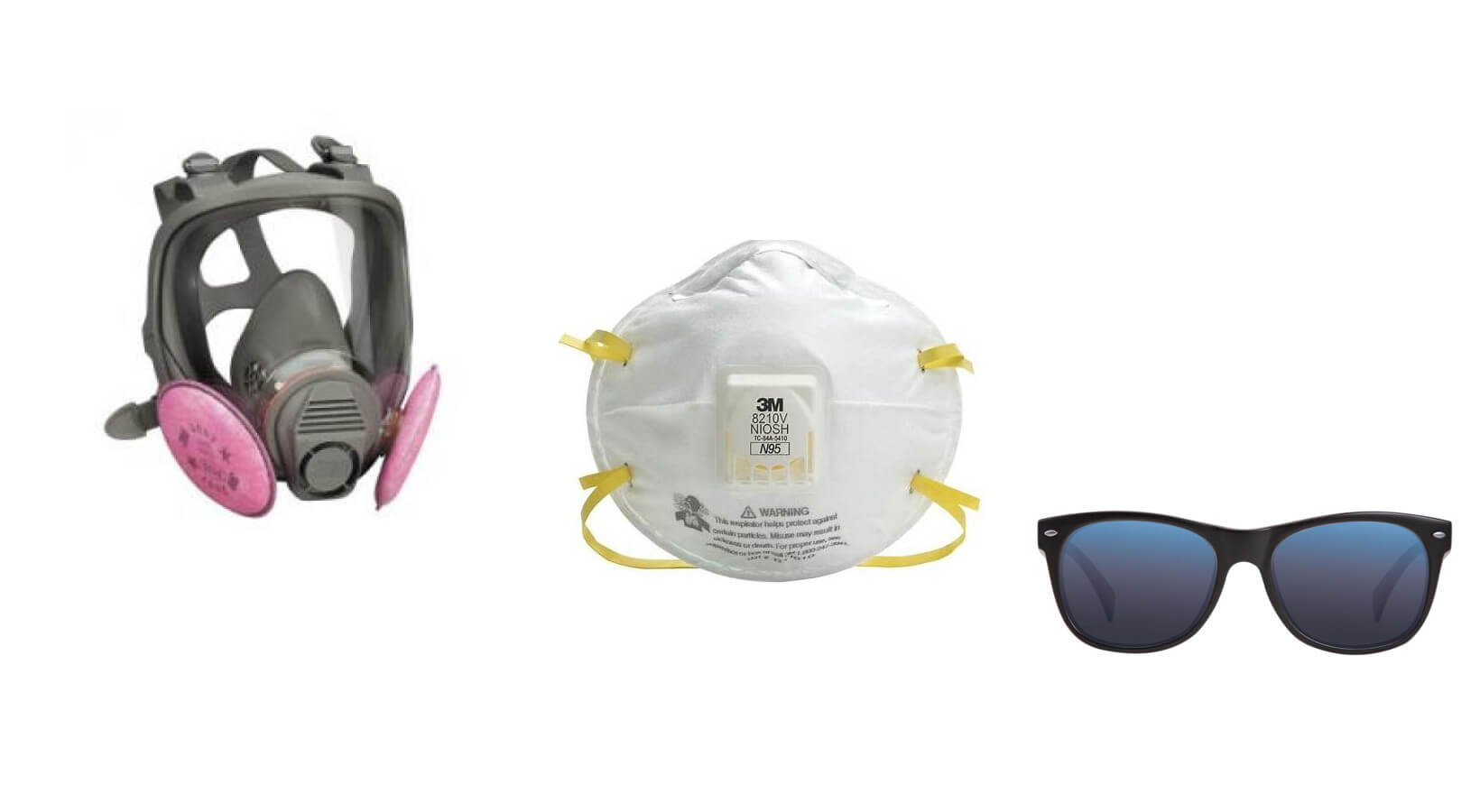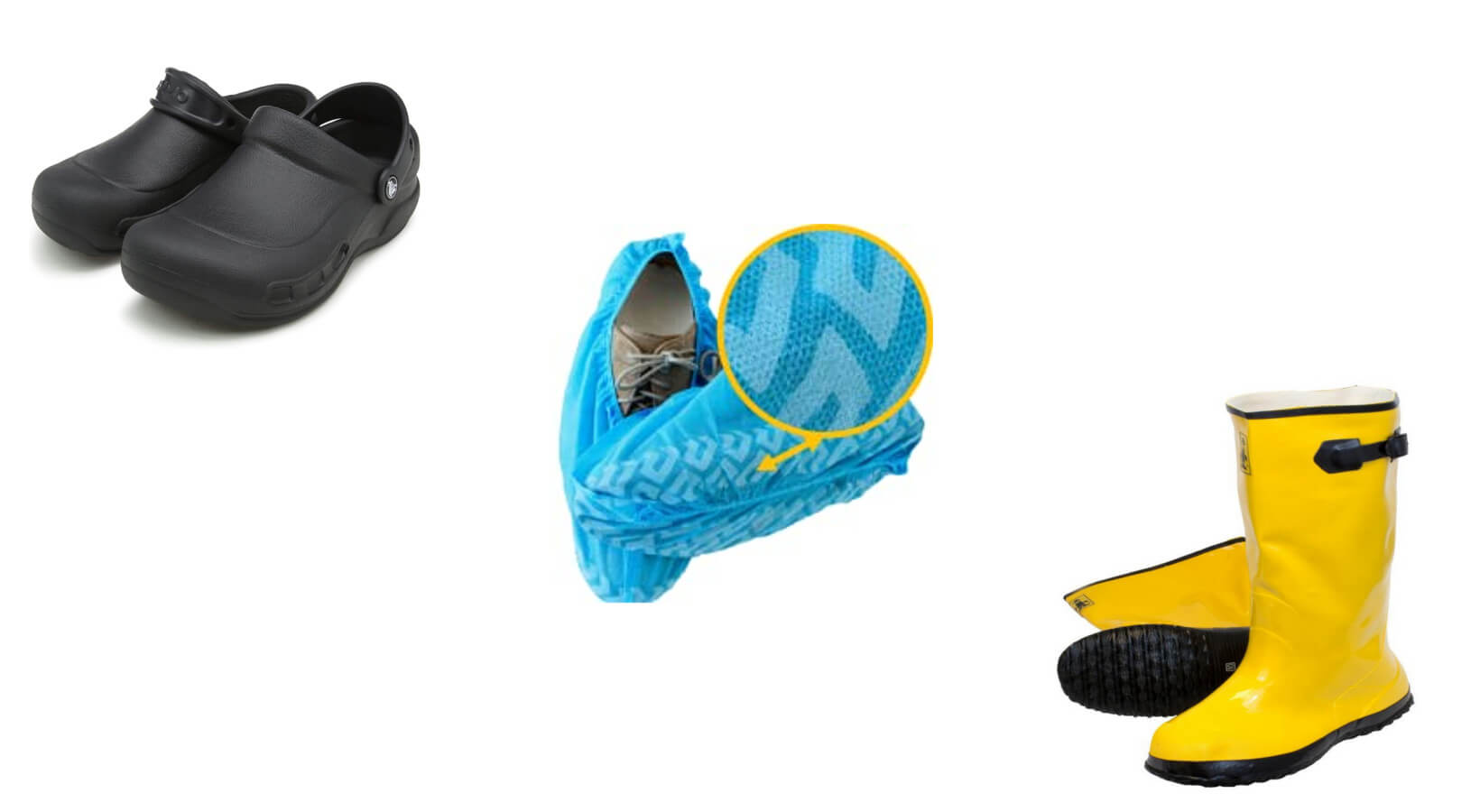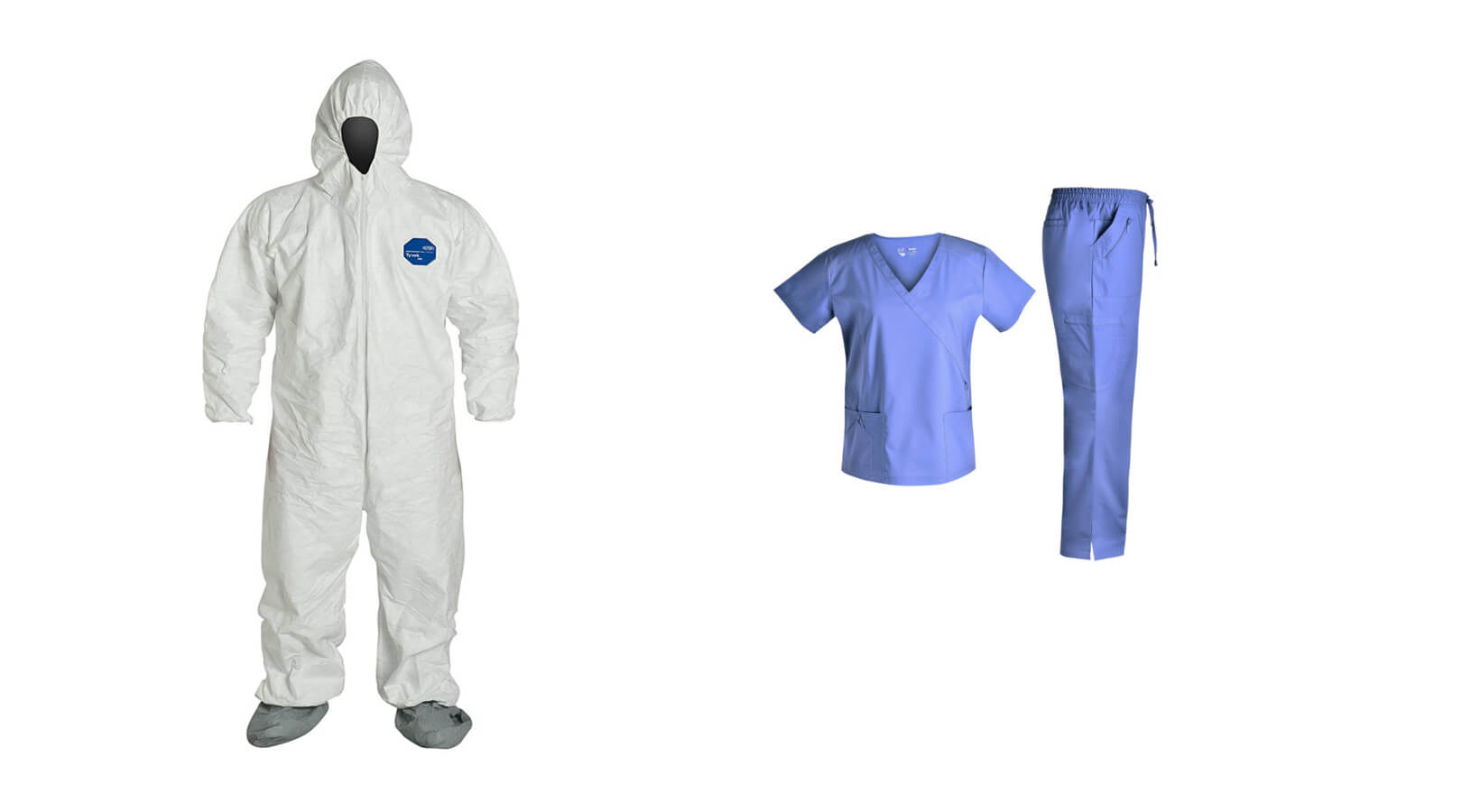- Face Protection
- Foot Protection
- Body Protection
- Hand Protection
Cultivating cannabis indoors can require a degree of Personal Protection Equipment (PPE) in order to ensure workers are safe and to maintain the production of a clean product. There are several different types of PPE and they include body protection, hand protection, foot protection, and face protection. Body protection includes coveralls and scrubs. Hand protection includes nitrile or vinyl gloves. Foot protection includes disposable boot covers, slush boots, and crocs. Face protection includes respirators, masks, goggles, and grow glasses. The requirement or use of certain PPE depends on the task at hand or the hazards presented within the workplace. We will cover those different requirements and the different types of PPE.
Face Protection
The most common piece of face protection that is crucial to any grower are grow room glasses. Grow room glasses help reduce any possible damage to a grower’s eyes while working in a grow room. Face protection is also commonly used when mixing and using biopesticides or when entering a room where biopesticides were recently used. Face protection used for these purposes include goggles, half-face respirators, full-face respirators.

Foot Protection
Foot protection for indoor cultivation is essential. At the very least they should not be open toed and they should have excellent traction to prevent any slips. The next thing to consider is the material of your foot protection depending on hazards such as chemical exposure through pesticide applications.
-
Crocs - official crocs are made with a material known as croslite, which is an injection foam that resembles rubber and has excellent traction. In fact, knock off crocs are typically made with rubber and usually have less traction as a result. Crocs and shoes like them offer more protection than your average tennis shoes and are chemical resistant. They are also easy to clean, maintain, and offer sole support which make them ideal for indoor cultivation footwear.
-
Disposable Shoe Covers - can be made out of polypropylene which can limit water penetration and some are available with a poly-coating to be chemical resistant. They also can come with tread to prevent any slips.
-
Slush Boots - These are completely waterproof with a lot of them being over-the-shoe boots which means you get sole support from your shoes. These have great traction and work in any situation where getting wet is not an option.

Body Protection
Body protection is not just important for the growers, but it is also important to protect the plants from outside pathogens and pests. Body protection includes scrubs and tyvek coveralls. Tyvek® is a unique nonwoven material exclusively from DuPont and it is made of polyethylene fibers that is compressed. When choosing coveralls for your workplace, it’s important to know the differences between the various models of coveralls. Scrubs are protective garments designed to be worn exclusively inside the cultivation center. They are typically a mix of polyester and cotton. They also protect personal clothing from being ruined. To be sanitary, growers should change out of their outside clothes and change into scrubs with only undergarments underneath your scrubs. This is to help reduce the chances of pathogens and pests being dragged inside by the growers themselves.

Hand Protection
Latex is strongest, then Nitrile, then Vinyl gloves. Disposable gloves are made of different materials which provide different levels of quality. The regulations, uses, and concerns are also different for each glove type. There are industrial grade and medical grade gloves. Industrial grade disposable gloves have not been subjected to inspection and do not undergo testing. Medical grade disposable gloves have to pass tests in order to meet the safety requirements specified by the FDA in the United States. These gloves are tested for puncture and abrasion resistance, and must pass tension tests. Manufacturers of these gloves must receive 510k certification. The most commonly used gloves in an indoor cultivation facility are nitrile and vinyl gloves.
-
Latex Gloves - Latex gloves are natural material, made out of rubber. They are a popular choice of protective glove for medical or industrial use. The primary reason people would choose an alternative to latex is because many people suffer from latex allergies. When allergy is not a concern, latex does have a slight advantage with comfort and dexterity over nitrile gloves. Are lightly powdered, making it easier to put on.
-
Nitrile Gloves - Nitrile gloves are made out of a synthetic rubber, and are an ideal alternative when latex allergies are of concern. Nitrile gloves are the superior glove when it comes to puncture resistance. Nitrile gloves are often referred to as “medical grade.” Before gloves can be marketed to hospitals and medical institutions, they must undergo a series of tests conducted by the Food and Drug Administration (FDA) to ensure their durability. Are available in blue or black to help identify if the glove has been punctured.
-
Vinyl Gloves - Vinyl gloves are a popular choice for the food industry and situations where high levels of durability and protection are less of a priority. While they may be less durable, they are the less expensive option. Are best for use with non-hazardous materials. These are used commonly in the food industry where handling hazardous materials is rare if ever.
Comments powered by Talkyard.